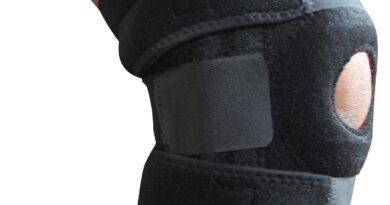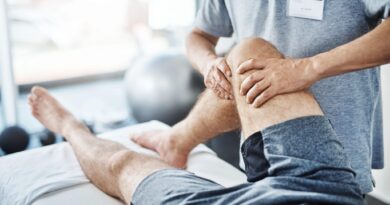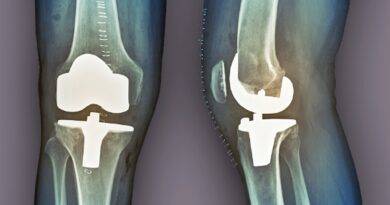Physical Therapy Treatments – The Advantages of Physiotherapy After Cardiac Surgery
After a cardiac surgery it is but natural to feel tired and in pain. Yet, beginning physiotherapy immediately after the surgery rather than allowing oneself a period of rest seems incredulous. But that is exactly what the doctor’s order are.
A cardiac surgery can include one or more of several different procedures – bypass surgeries, placing stents, angioplasty, replacements of valves – or even a complete heart transplant. Cardiac patients can derive several benefits from physiotherapy, both after surgery and to alleviate symptoms of cardiac diseases like chest pains, cardiomyopathy, artery diseases, heart failures or cardiac arrests.
About a fortnight after you have the surgery, the physiotherapy program commences. Initially, a stress test is administered to determine the person’s capacity for exercise. Generally, these tests include using the treadmill or a stationary bike while the doctor or nurse keeps a track of the person’s vital signs.
This tracked data is collated and analyzed. Based on the results, a routine for physiotherapy is determined. The initial sessions are often conducted under the vigilance of hospital staff to ensure the medical safety of the patient.
Cardiac patients perform their initial exercises in the presence of horses and their physiotherapist. In case there is any discomfort to the patient while performing these exercises the medical personnel can immediately take over and manage the situation. Thee exercises involve similar cardiovascular exercises as the first test session, like walking the treadmill and stationary cycling.
Once this initial monitored phase passes, cardiac patients can continue their exercise sin the privacy of their homes. Before they are permitted to do that, however, they are instructed on various exercises, for warming up and stretching, and taught when it is ideal for them to stop. Unless they are acing severe complications, they are advised to exercise a minimum of three and a maximum of five times a week.
After cardiac surgery, swimming is also advisable. As a cardiovascular exercise it is effective without straining a patients joints, and can be continued for longer durations. The one thing that must be kept in mind before commencing swimmingis that all open wounds on the body must have healed completely.
Physiotherapy staff are not always required to instruct a patient on exercises. Hospital staff are also trained to rehabilitate cardiac surgery patients. The principles of therapy remain the same and physiotherapy staff can be involved if so required.
The physiotherapist sketches out the routine for physical therapy. In the first 6 weeks after surgery, few activities are allowed, including, but not limited to light housework and occasional excursions to movie theatres. On till the third month after surgery, other activities are included in the person’s routine. It is possible for a patient to return to full-time or part-time work, and begin driving again. After the third month, gradually all normal activities can be resumed.
Without physiotherapy, a patient will remain weak, and may even grow weaker. Physiotherapy is a routine that allows a person to go back to their original lifestyle as early as is possible. With the correct exercises, a patient will become healthier than they were before they underwent cardiac surgery.



